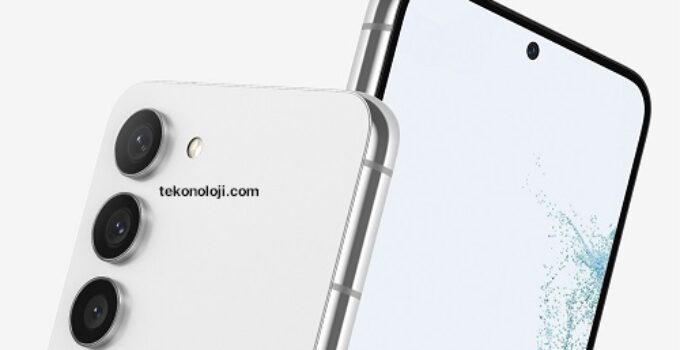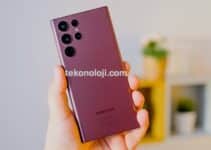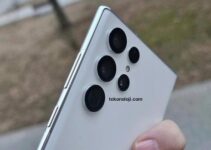Samsung Galaxy S23 review: the compact Samsung is done. The Samsung Galaxy “S” after a long time offer a Qualcomm processor inside them and although the outline has only been minimally touched compared to the previous generation, the new devices completely change their characteristics, making a qualitative leap of considerable importance. The improvements are tangible and the compact of the three, the “smooth” Galaxy S23 is perhaps the model that benefits the most from them, solving the age-old problem of poor autonomy once and for all.
HONOR Magic5 Lite is a true champion when it comes to battery life
It is the fulfillment of a long journey by Samsung in search of the “sustainable” compact, not only beautiful but also practical and reliable for everyday life, let’s find out in the Samsung Galaxy S23 review.
Design and ergonomics
The design and dimensions (146.3 x 70.9 x 7.6 mm for 168 grams) of Samsung Galaxy S23 represent the fulcrum on which the uniqueness of the smartphone rests, the main difference compared to its big brother S23 Plus, but also to almost all smartphones High-end Android is truly fantastic ergonomics, the result of compact dimensions, quality materials and lines designed with great care. S23 is to all intents and purposes the best compact Android smartphone currently in circulation, and as we will see later in this review, it is not only easy to handle, but finally it is also solid in terms of performance and battery, always the heel of ‘Achilles of the smallest phones.
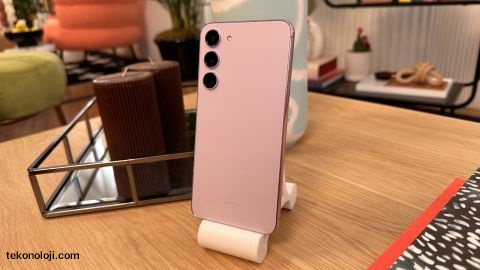
The IP68 certification against water and dust has been confirmed, while there has been an upgrade on the front and rear Gorilla Glass, in the Victus 2 version. Furthermore, in this generation of Galaxy S, as many as 12 parts of the smartphone are made with recycled elements, which confirms, as far as possible, the Korean giant’s attention to the environment.
The display remains 6.1-inch Dynamic AMOLED 2X 8-bit, FullHD + with HDR10 + support, unfortunately like last year it is not an LTPO, but the refresh rate can still vary step by step between 48 and 120 Hz, the peak brightness it has now grown to 1750 nits in HDR. From the front, the frames are thin and symmetrical, making the proportions of the smartphone balanced and pleasant, with a wonderful sense of immersion. The quality of the panel is as always high, the user has various possibilities for color profiles but a very accurate calibration is already adopted at the factory.
The vibration motor is not as strong as that of the S23 Ultra but is still precise and present when needed, although OneUI is by no means one of the software that makes the most use of haptic feedback. We close with the ultrasonic fingerprint reader, safe, fast and precise, although its effectiveness is greatly affected by any sweat or humidity under the fingertips.
Functionality
The Android version with which the Galaxy S23 leaves the factory is 13, with OneUI 5.1 customization, smartphone support is then guaranteed for 4 major updates and 5 years of security patches. In this sense, you can really rest assured that over time the smartphone will improve further and receive all the innovations developed by Samsung.
The customized interface is full of features and customization possibilities, with the latest version it has been improved in many small aspects, including speed, animations, security, Samsung DeX mode and some small additions on Gallery and Camera . For example, we now find Expert RAW integrated into the camera app, together with the “starry sky” shooting mode and the augmented reality constellation map.
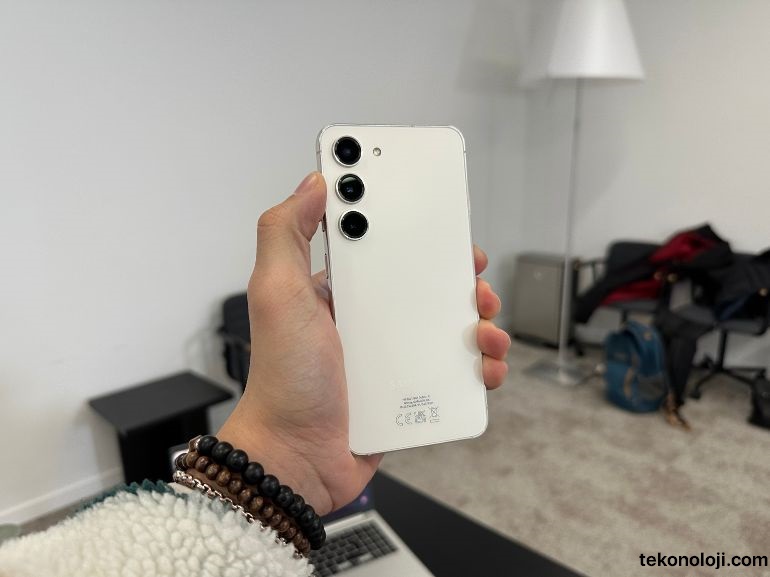
In general, however, the Samsung OneUI has not been distorted and with Android 13 it maintains the graphics and settings of the whole system, confirming itself as a clear added value within the Android panorama, especially for users who like to have many functions available. Among the particularities that emerge are Samsung DeX, or a desktop environment that can be accessed by connecting the smartphone to a monitor or PC via cable or wireless and integration with Windows, which allows you to manage various phone operations directly from the PC .
Performance
The big news of Samsung Galaxy S23 compared to its predecessor is the new SoC Qualcomm Snapdragon 8 Gen 2 for Galaxy, which in addition to being the top of the American range of the moment, also represents a clear change of scenery from the usual Exynos platform adopted by Samsung in the last few years.
Qualcomm’s SoC is the classic donut with a hole, it achieves remarkable results in peak performance but also proves to be resistant to stress tests, clearly outclassing the Exynos 2200. In the following graph you can see the results of a stress test performed on 3D Mark (Wildlife Extreme) for S22 and S23.
The greater power also means greater overheating, but this is only perceptible during a benchmark, or in gaming after several minutes of play, in normal use, however, the Galaxy S23 is always cool, a sign that the processor is capable of balancing power and thermal management.

To further embellish the hardware package there are the fast UFS 4.0 memories, which double the speed of the previous UFS 3.0, the speed increase is especially noticeable in loading apps and games, or in switching from one to another. Beware though that only the 256GB storage version is equipped with UFS 4.0, the same cannot be said for the 128GB.
The connectivity of Samsung Galaxy S23 is excellent although there are some flaws considering the positioning on a high range. WiFi 7 is missing (but it is not excluded that Samsung can enable it via software update) and UWB connectivity, furthermore telephone reception is not among the best.
Camera
At the hardware level there are no big changes compared to the predecessor, only the image processor integrated in the SoC has changed fundamentally, while the sensors and photographic lenses remain the same, with the exception of the selfie cam which is completely revised with a 10 MP sensor . The main camera therefore relies on a 50 MP sensor and optically stabilized lens with F / 1.8 aperture, then we find a 12 MP F / 2.2 ultrawide without AF and a 10 MP F / 1.39 telephoto lens with optical stabilization and 3X magnification. Too bad for the lack of AF on the ultra wide angle, which would have made it possible to obtain beautiful close-up macro photos.
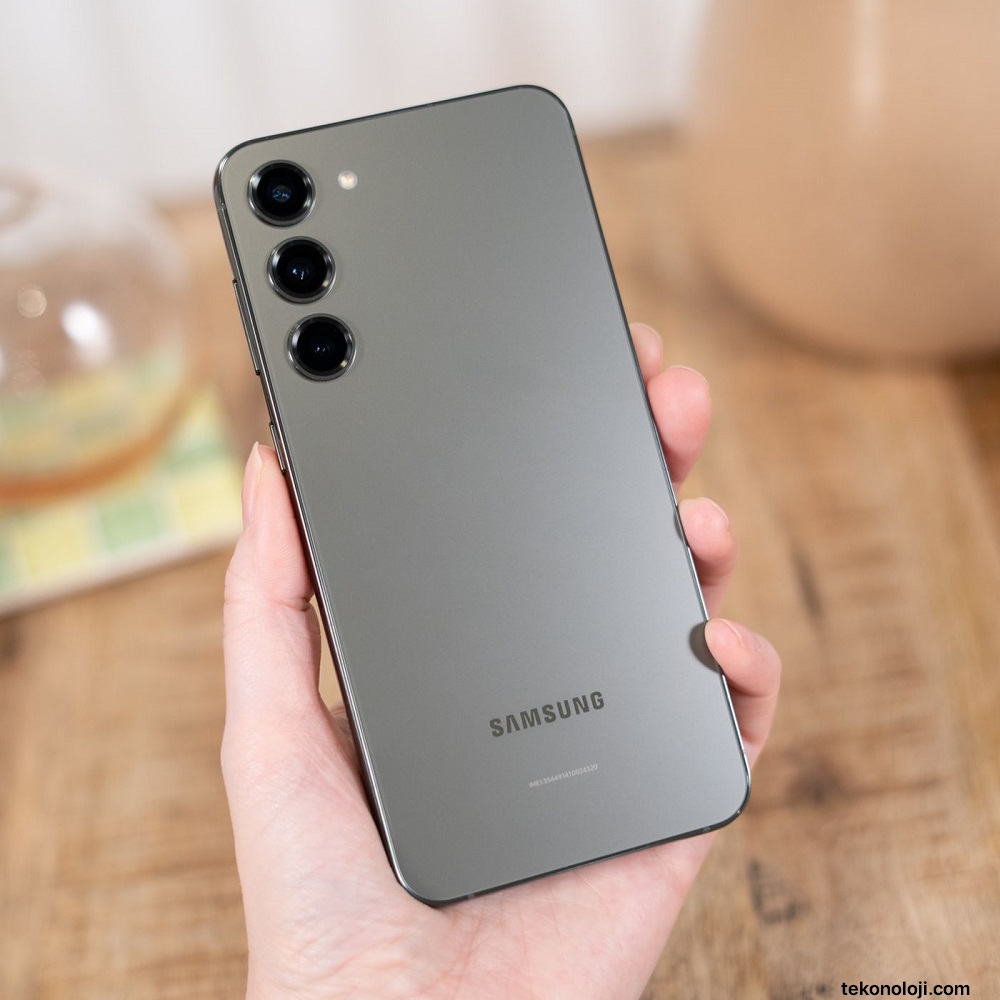
The quality of the shots has remained practically the same as last year, even if with a high magnification it is possible to notice a better level of detail and a higher sharpness, especially if there are many small elements in the scene. We therefore note the work of the image processor, which generally behaves better than the one present on the Galaxy S22, the most interesting results are obtained at night and in portraits where we know that artificial intelligence reconstructs the scene accurately and after a segmentation process of the various elements, in order to apply different algorithms on specific portions of the scene. Once again we have confirmation of how computational photography dominates and manages to improve even hardware that has not received real upgrades from one generation to the next.
The selfies are really super, on par with the top of the Galaxy S23 Ultra range, they have an excellent interpretation of the complexion and are not lacking in detail, thanks above all to the accuracy of the automatically managed focus. The advantages then have repercussions in the video selfies, which are fantastic and can also be used on social networks or on video calls.
Moving on to videos, the novelty of 2023 is the 8K resolution at 30 fps (previously it was at 24 fps) with much improved digital stabilization in full format. Unlike the S23 Ultra, there has been no hardware change in the optical stabilization system, which therefore remains “classic” but still effective. Nothing to say about the quality, which is confirmed as excellent.
Autonomy and Recharge
On Samsung Galaxy S23 the battery module is 3900 mAh, slightly increased from last year’s 3700 mAh. However, what makes the difference is the new SoC which manages energy sparingly and pushes on the accelerator (and on consumption) only when strictly necessary. The result is a smartphone that is rather predictable and constant in its performance capabilities: when stressed it consumes a lot, at least when using the Galaxy S22, while in more relaxed use and for simple operations (social networks, chats, web browsing, documents) its efficiency is surprising, with consumption reduced to the bone.
Translating the concept just expressed into numbers, it is easy to arrive in the evening with at least 6 hours of display on, thus covering a full day of average use without problems. If, on the other hand, you are a little more careful or use the phone sporadically, then the two days are within reach with dream numbers considering the general size of the product, even almost 8 hours of active screen!
- We close the Samsung Galaxy S23 review with availability, prices and launch promos. The list price for the 8/128 GB version is 979 Euros, while for the 8/256 GB version it is 1039 Euros.
